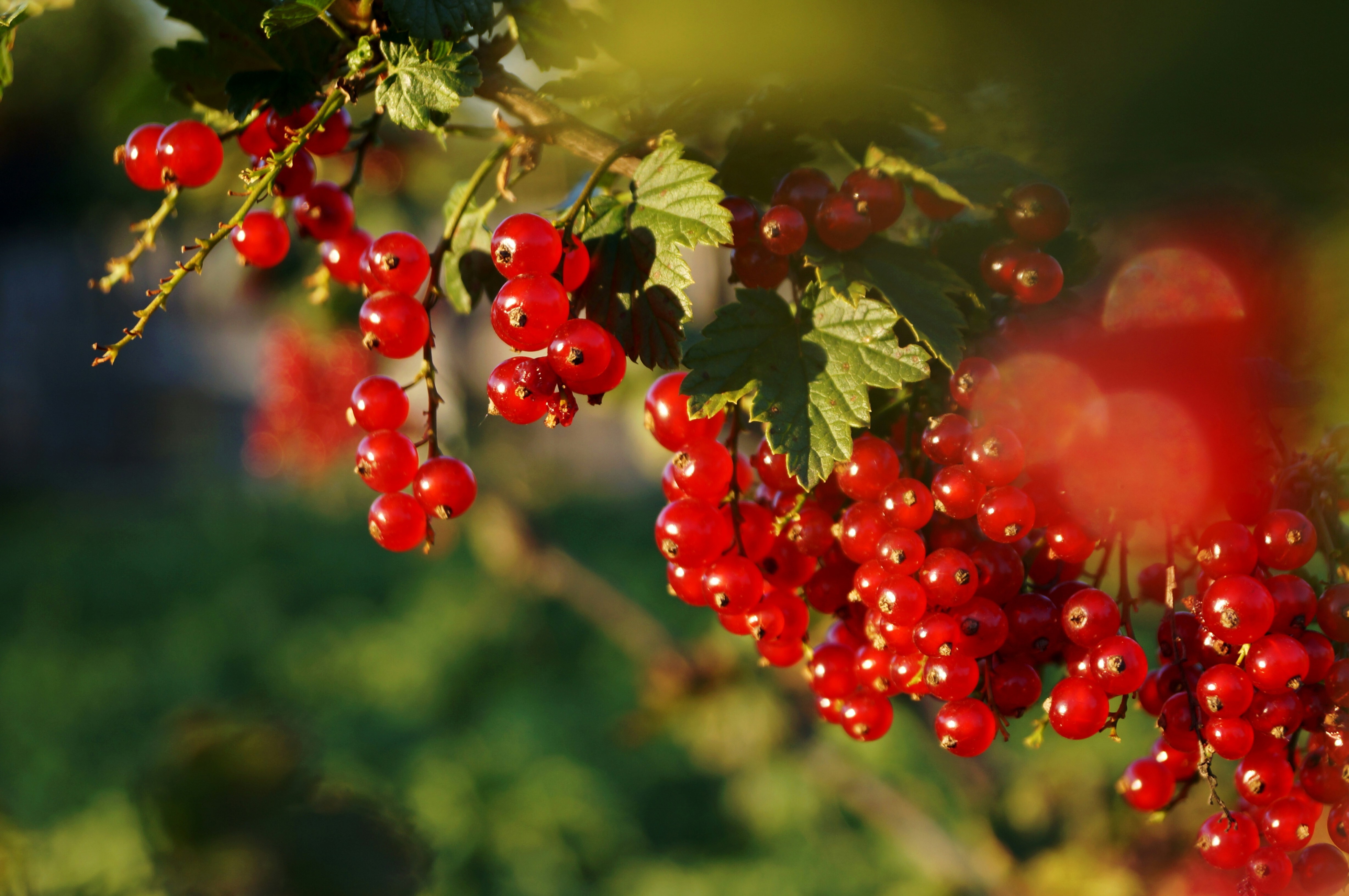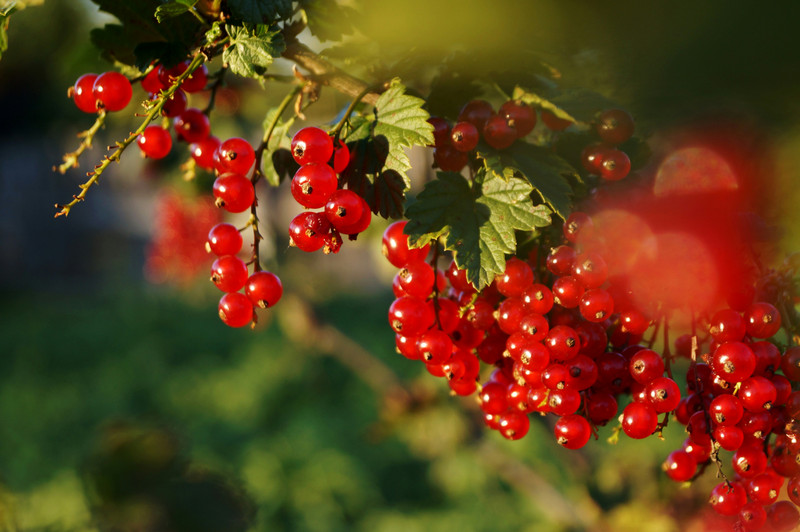Pruning Redcurrants & Blackcurrants
A little winter tidy-up for a whole lot more summer fruit
There’s something incredibly satisfying about giving your berry bushes a good winter prune. Not only does it set them up for a strong growing season, but it also invites a bumper crop of glossy fruit come summer. Left to their own devices, currants get a bit lazy — lots of old, unproductive wood and not much fruit to show for it.
A thoughtful prune each year brings in the light, boosts air flow, and encourages fresh, fruiting growth. It’s not about being perfect — just about being a little bit brave with your secateurs and trusting that your plants will thank you.
Redcurrants vs Blackcurrants — a small difference with big results
Understanding where each plant puts out its fruit helps us prune with purpose.
-
Blackcurrants are a little more vigorous, with most of the fruit coming on wood that’s one to two years old.
-
Redcurrants (and gooseberries too) fruit on two- to three-year-old wood — they’re a bit slower and steadier.
If you’re not sure how old a branch is, don’t stress — it’s easier to tell than it sounds.
-
One-year-old wood is light, smooth and fresh-looking.
-
Older wood darkens, thickens, and often carries little fruiting spurs or stubs where berries grew the year before.
What we’re aiming for
-
Remove old, tired wood to make space for new, fruiting stems
-
Open up the centre for light and air
-
Clear out damaged, crossing or low-hanging branches
-
Keep around 8–12 strong, well-spaced branches on a mature bush
Think of it like shaping a little fruiting vase — open in the middle, sturdy around the outside, and full of potential.
For Blackcurrants
These guys love a good cutback — they respond really well to a hard prune.
-
Remove older wood right down at the base (especially the ones that fruited heavily last year)
-
Leave the lighter cropping one-year-old shoots to develop
-
Don’t be tempted to tip prune unless you’re balancing out a branch that’s bolting ahead of the rest
You’ll often take out about a third of the bush — and that’s okay!
For Redcurrants
Redcurrants need a gentler touch — they fruit for longer on older wood.
-
Trim out a few of the oldest branches at the base
-
You can leave older wood that’s sending up fresh new shoots — those can be next year’s fruiters
-
Shorten back the rest of the branches by about a third, cutting just above an outward-facing bud — this encourages spurs and keeps the shape balanced
There’s no single “right” way — trust your instincts, and aim to keep the shrub open, balanced and full of life.

Happy gardening! ?

